On what should Narendra Modi base his foreign policy? [Read part one here.]
China has always been India’s bête noire since the communists seized power in 1949 and annexed Tibet in 1950. India’s nuclear and rocket initiatives took on a military dimension solely to deter China’s ambitions south of the Himalayas, while Delhi’s quest for the nuclear triad was to assure Beijing that it had second strike capability.
The irony will not be missed when one notes that China is also India’s largest trading partner today. This should not lead to an underestimation of the threat China poses to India — it has helped Pakistan acquire nuclear weapons; surrounds India with its string of pearls; blocked India from gaining membership to the Nuclear Suppliers Group; prevented India from being raised to a permanent membership of the United Nations Security Council; supports insurgencies against India; claims Indian territory to this day; maintains military pressure along the Line of Actual Control (LAC); and has been a negative influence on any international aid flowing toward the development of India’s northeast.
A muscular policy against China is not possible at India’s present capability levels. Furthermore, attacking trade between the two countries would only make the Indian consumer suffer by having to pay more for goods. Narendra Modi must strengthen trade with India’s northeastern neighbor as he has repeatedly suggested, whilst keeping an eye on the balance of trade. China must be banned from core sectors of the economy such as telecom and infrastructure in sensitive areas.
If India wants to make its position on Tibet ambiguous again and invite the Dalai Lama to Race Course Road or express sympathy for the plight of the Uighurs, it would only reflect China’s position on Kashmir.
Simultaneously, India must strengthen ties with Southeast Asia via universities, road, rail and air links, and trade; this, however, will not be easy as Chinese aid far surpasses anything India can muster due to its superior economy. Nevertheless, Southeast Asia has for long sought an Indian alternative to Chinese hegemony and will welcome it if provided. In essence, Modi must deliver on India’s much-hyped but insubstantial “Look East Policy.”
Outside India’s immediate circle, Delhi’s ties with Russia and the United States are of great importance. Despite recent purchases of big-ticket items from France and the US, over 70% of Indian military hardware is still sourced from Russia and the situation is unlikely to change in the near future. Moscow has concerns regarding US intentions in what has traditionally been the Russian sphere of influence; NATO expansion eastwards (Georgia) and US ballistic missile defense stations in Poland and Ukraine have forced Russia to tolerate rising Chinese power on its borders and in its eastern peripheries.
Modi must assure Russia that India’s apparent drift toward the US is not directed at it but other regional aspirants for hegemony. India must stress common concerns such as Chinese belligerence, a volatile Afghanistan, rising costs of defense research and development, and US intervention in areas of mutual concern. Modi must also push for greater access to Russian markets for Indian companies.
India’s ties with the US have been in the doldrums since the end of the George W. Bush administration. Even then, arguably, the optimism was felt more in Washington than in Delhi, which did little to reciprocate. India’s difficult process in ratifying the Indo-US nuclear deal, the nuclear civil liability law it enacted, and the Non-Alignment 2.0 document that sources close to the government produced gave the US pause in its embrace of India.
Similarly, Washington’s continued assistance to Pakistan, its policy in Afghanistan, Iran and Syria, and its ambiguous position on China give India little reason to rush into the US’ embrace. The recent distraction over the mistreatment by the US of Indian Acting Consul in New York Devyani Khobragade may have soured public opinion but left common interests unchanged.
Despite the many disagreements the estranged democracies have, Modi must remember that India is not “looking for a groom for its daughter.” India must realize that the US will not commit to Asia without a reliable partner; furthermore, US concerns about the end use or theft of its technology are as valid as Indian concerns over end-users of the Brahmos missile (if they are ever exported).
Modi must promote trade but also push for more transfer of technology, explore joint development and production of defense items, yet ensure that US interpretation of intellectual property law does not put India at a perennial disadvantage. Intelligence sharing, joint training and exercises, energy, advanced materials, nuclear research, space exploration, and environmental protection are just some of the areas where Indian and American interests converge.
A significantly more substantial relationship is possible and of greater value to India if it could modify its nuclear civil liabilities law and jettison flawed doctrines such as nonalignment. A lesson India can emulate from its northeastern neighbor is that the more valuable a partner India becomes to the US, the more influence it will have on US policies in Asia. Modi cannot allow himself to be distracted by public relations snafus and trivia and push forward to forge what may well be India’s most important relation of the first half of the 21st century.
Partners
Less powerful than Russia or the US but no less valuable to India as partners are France, Israel and Japan. The lack of a large power disparity may even psychologically pave the way for more stable partnerships.
France is one of the few countries that has rarely been critical of India, even in the aftermath of the Pokhran nuclear tests in 1974 and 1998. In fact, the Indo-US nuclear deal was the culmination of a French idea to bring India into the nuclear fold. Despite the struggling negotiations over India’s purchase of the Dassault Rafale, the two countries are mutually compatible in several areas such as nuclear energy, infrastructure, chemicals and telecommunications. Most importantly, both France and India seek a larger role in global affairs today — the former seeks to regain its earlier grandeur and the latter to acquire it anew. Modi must capitalize on this psychological dynamic to forge not just a partnership with France but also a new multipolar world order.
Japan can be India’s most reliable ally in Asia to balance China. Modi is already known for the importance he gives relations with Japan and this must be expanded even more. Given Japan’s reluctance to enter into the arms market or enter into civilian nuclear cooperation with India just yet, Modi must engage with Japanese parliamentarians across the political spectrum to gain their confidence. The mutual benefits of close ties, if achieved, are already clear to all and business and cultural exchange will foster greater trust at more levels between the two peoples. Modi’s task here is less diplomatic and more social and cultural – perhaps cold balance of power calculations would be better received if couched in the language of shared values, threats and goals.
For decades, relations between Israel and India were clandestine at best because of Delhi’s belief that the Arab world would prove a moderating influence on its Muslim brothers in South Asia. However, the evolving political realities of the Arab-Israeli struggle allowed India to establish diplomatic relations with Israel by 1992. The two countries have little in common but exchanges today include military hardware, intelligence sharing and agricultural know-how. Despite differences in their views on Iran and China, the threat of international Islamist terror brings Tel Aviv and Delhi closer to each other. Modi can use this as a springboard to encourage greater joint development of military systems; in a cost-sensitive world, indigenous hardware with export potential should interest both parties. After the loss of Iran, Israel may look to India in a revival of its periphery doctrine.
If there is any psychological value in being one of the few countries in the world where Jews have never been persecuted, Modi can leverage that to develop tourism, agriculture, medical research and educational ties. Most people know the tiny Levantine country for terrorism and wars, but Israel has a strong knowledge economy with many gifted scientists, doctors and engineers who work on projects that can be of great interest to India such as electric cars and desalination. Modi must see Israel other than through a narrow security prism and build relations at a societal level.
Reaching Out To The Rest
India obviously wants stellar relations with all countries in the world and would like to engage in commerce with as many as possible. Australia is fast emerging as a major supplier of energy to India and may be a partner in security for the Indian Ocean region. Africa presents a massive opportunity for Indian business houses in raw materials, agriculture, education and infrastructure.
However, South America has received little attention in Indian thinking, despite the presence of another BRICS member. Modi must explore opportunities in this far-flung land and make India’s reach global. An Indian alternative to Chinese aid and investments in international markets will prevent the balance of power from becoming too skewed in China’s favor, while opening more and more countries to Indian products, services and ideas.
Foreign policy has never been so important in independent India’s history, except perhaps during the early days of the Cold War. India needs the international community for security, trade and aid. The rise of China has brought a Cold War upon India’s doorstep — already India is competing with China in Africa and Southeast Asia for resources and influence — and meaningful ties with similarly-minded countries will be of mutual benefit.
India has been able to plod along at a lethargic pace until now because it was not at the forefront of international developments. Now, as one of the largest economies and a country directly threatened by the rise of a hostile neighbor, India can no longer afford such nonchalance. Modi’s foreign policy must measure up to his domestic vision and captivate a new generation of Indians; it must be ambitious in its goals, wide in its scope, measured in its formulation, and assertive in its implementation.
*[A version of this article was originally published on Jaideep Prabhu’s blog.]
The views expressed in this article are the author’s own and do not necessarily reflect Fair Observer’s editorial policy.
Image: Copyright © Shutterstock. All Rights Reserved
Support Fair Observer
We rely on your support for our independence, diversity and quality.
For more than 10 years, Fair Observer has been free, fair and independent. No billionaire owns us, no advertisers control us. We are a reader-supported nonprofit. Unlike many other publications, we keep our content free for readers regardless of where they live or whether they can afford to pay. We have no paywalls and no ads.
In the post-truth era of fake news, echo chambers and filter bubbles, we publish a plurality of perspectives from around the world. Anyone can publish with us, but everyone goes through a rigorous editorial process. So, you get fact-checked, well-reasoned content instead of noise.
We publish 2,500+ voices from 90+ countries. We also conduct education and training programs
on subjects ranging from digital media and journalism to writing and critical thinking. This
doesn’t come cheap. Servers, editors, trainers and web developers cost
money.
Please consider supporting us on a regular basis as a recurring donor or a
sustaining member.
Will you support FO’s journalism?
We rely on your support for our independence, diversity and quality.


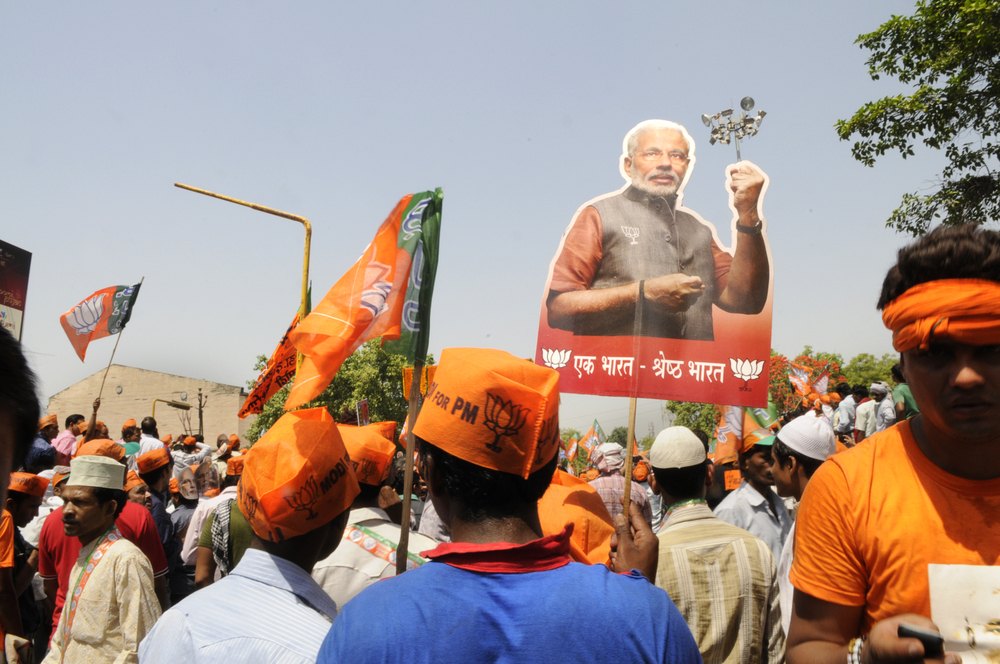

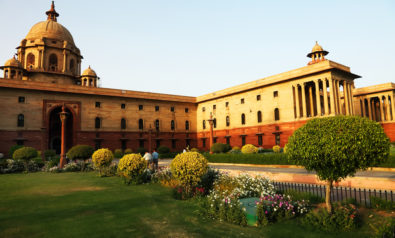
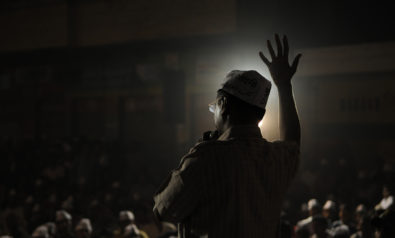
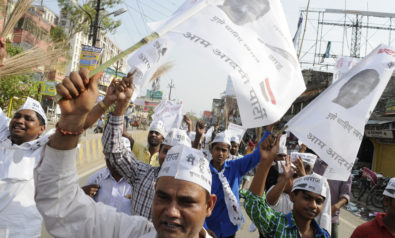
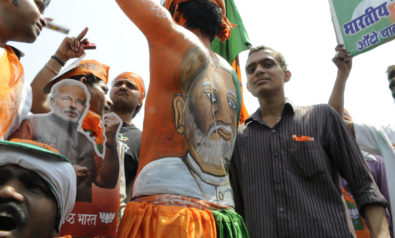
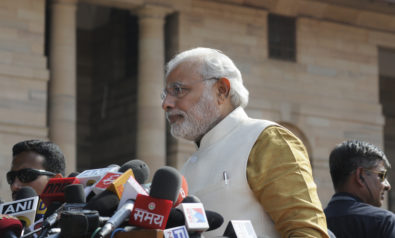
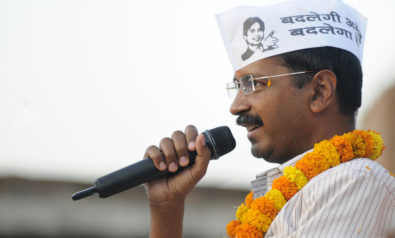
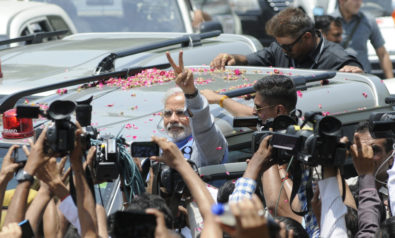
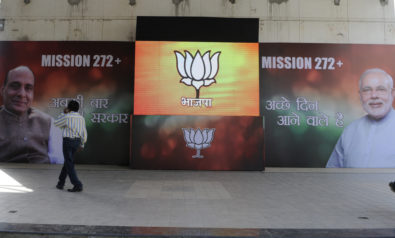
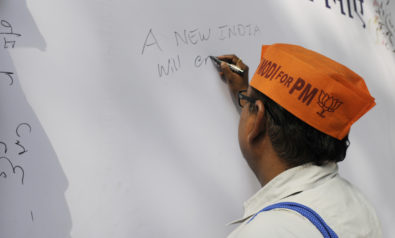
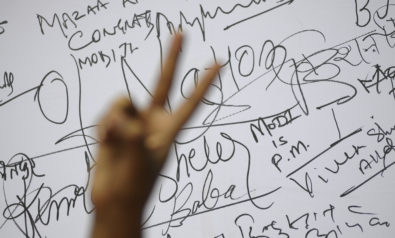


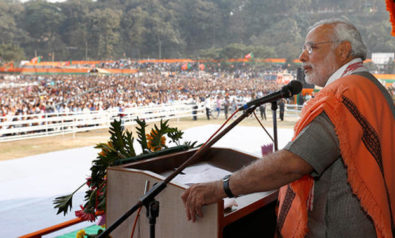
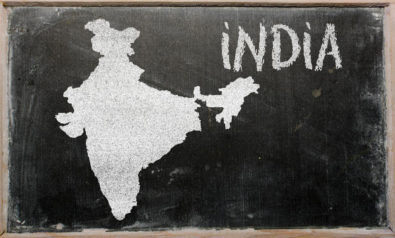
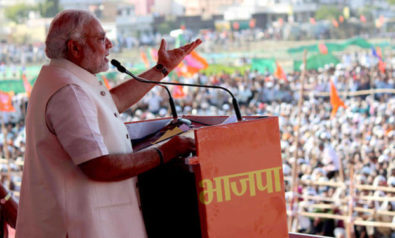

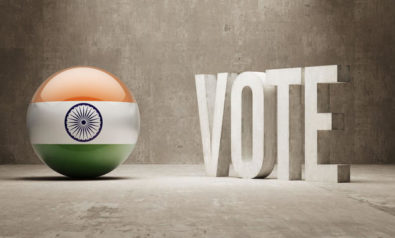

Comment